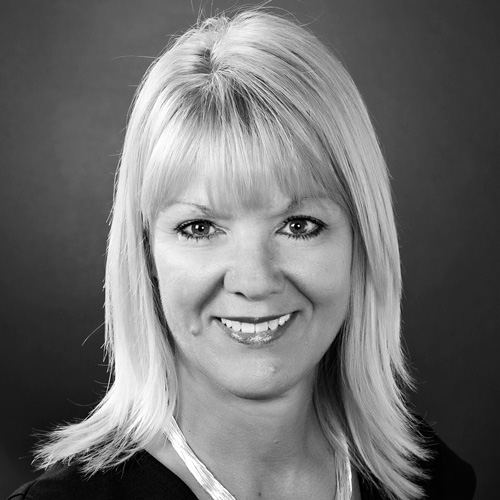Kevin Lynch juggles a wide variety of responsibilities as chief strategy officer for AECOM, from advising the CEO of a Fortune 500 firm to filling in as interim CHRO for more than 100,000 employees, to leading a successful integration that more than doubled business—his to-do list runs the gamut. Fortunately, a love of creative problem solving combined with plenty of inspiration from dedicated colleagues means he enjoys nearly every minute at the architecture, design, engineering, and construction services company.

The chief strategy officer is still a relatively new member of the C-suite. Why is that, when strategy seems to be such a critical part of successful operations?
Strategy itself is not a new concept, but it tended to exist as a secondary responsibility and one layer down in the chain of command. Because of that, strategy tended to look at things as static and theoretical, and was biased toward whichever department it fell into. These days, we’ve elevated the profile of it so it operates at the same capacity of other C-suite executives. Instead of being a static idea, strategy is an applied concept that’s constantly adapting to a dynamic environment. The goal is to anticipate changes in the organization and industry, and plan in a way that can flex with the changes or even use them to achieve the goals of the business.
Are there any constants in the CSO role across organizations?
CSOs tend to have an unyielding desire for growth and results, and an ability to anticipate changes in the organization and industry. CSOs are the purveyors of insight and help leaders think through complex issues quickly. We also must have the ability to fill whatever unplanned gaps appear in the organization. Most importantly, effective CSOs engender trust—vertically with the CEO, board of directors, and all executives, and horizontally across the organization and peer group—and we focus on it continually.
Why was the CSO position at AECOM intriguing enough to give up an impressive career in consulting?
I love getting into an environment of anticipated uncertainty, because uncertainty equals risk, and risk equals possibility of reward. The potential for that at AECOM was exciting. The company was going through substantial changes, and I saw opportunity for value creation. On top of that, the CSO position had the opportunity to lead the integration of URS (a provider of engineering, construction, and technical services for public and private companies). It was also a manifestation of my goal to build up the strategy department as a driver of change in the organization.
You have had a hand in twenty-eight integrations. What was unique about the URS one?
It focused on combination, because at the end of the day we wanted to bring together the very best parts of each organization—not equal parts of each. We studied for months before we made those decisions. We were very focused on not allowing a notion of “victor and vanquished” to emerge. We saw amazing talent in URS employees. We wanted them in our family, and we wanted that mind-set to get down to every single professional in URS and AECOM.
What was your approach to the integration process?
There are several options for how to integrate: structure or process-led, strategy-led, value-led, and principle-led. We borrowed from all four approaches, but our principles were what led our process. We introduced a certain amount of structure, strategy, and values. We set out principles upon which we operated and made decisions. We communicated heavily with our professionals and emphasized transparency. It was a powerful experience, and we did a great job.
To do all that in a year is very impressive.
This has been a blockbuster combination. While we still have work to do, the organization is settled, and employees are generally happy and on board with the integration. Our leadership is in place and synergies are aptly covered. It’s an incredible organization. If you spend a day with us, you’ll find we’re all restless about trying to make things better. We are ambitious. We have ideas. And we are constant in our pursuit of building a company that is focused on delivering excellence.
How would you advise other CSOs in process of integration?
Make that part of every conversation. Bring clarity, insight, and structure to every transaction on the scale of both legacy companies. About 90 percent of the time, deciding today is better than deferring, so don’t be afraid to make a decision. Study branding. Remember that sometimes it’s important to look for absolute perfection, but other times “good enough” is enough, knowing you’ll come back to improve. Communicate aggressively. Don’t stay so internally focused that you forget that there’s a customer at the end of the line who needs to be served.















